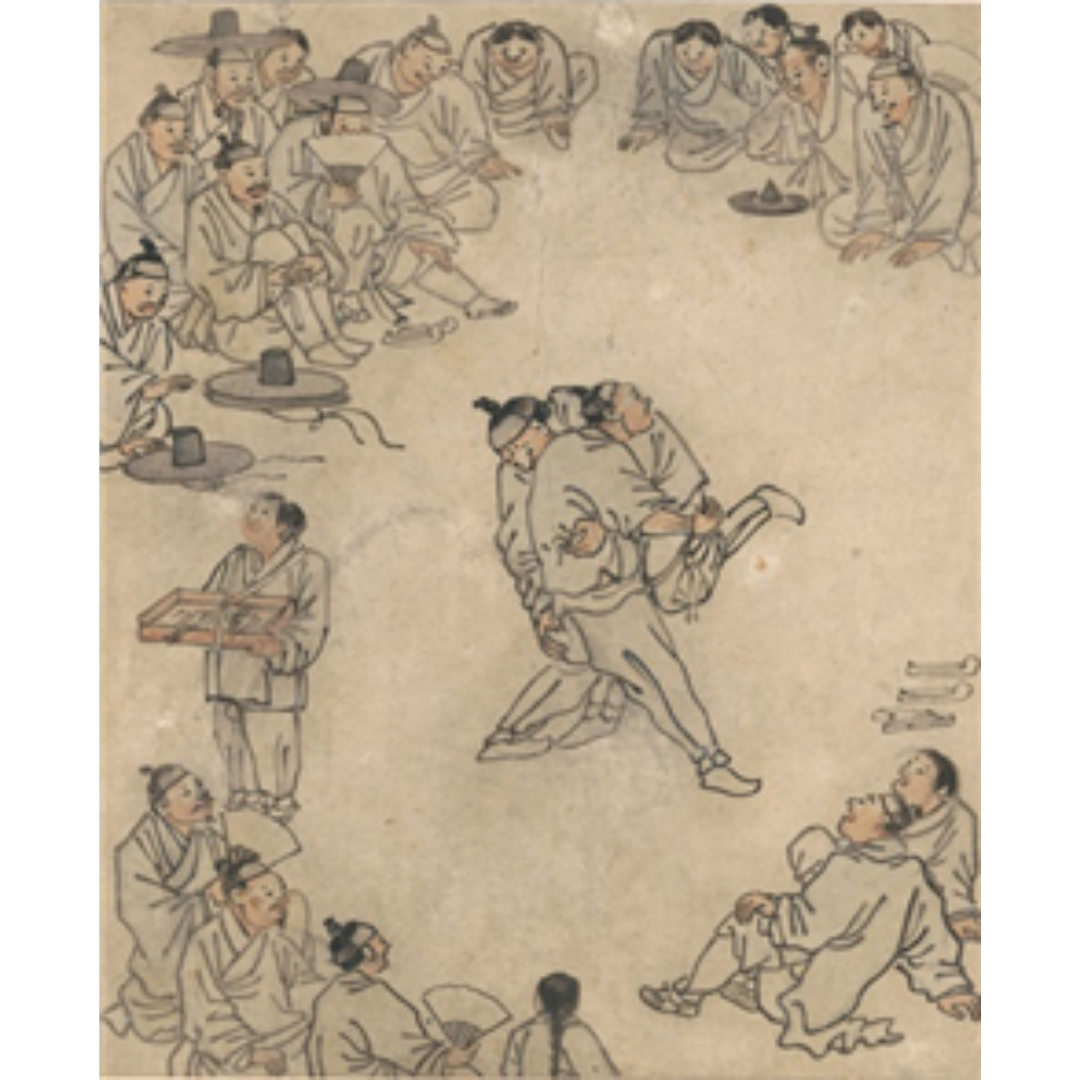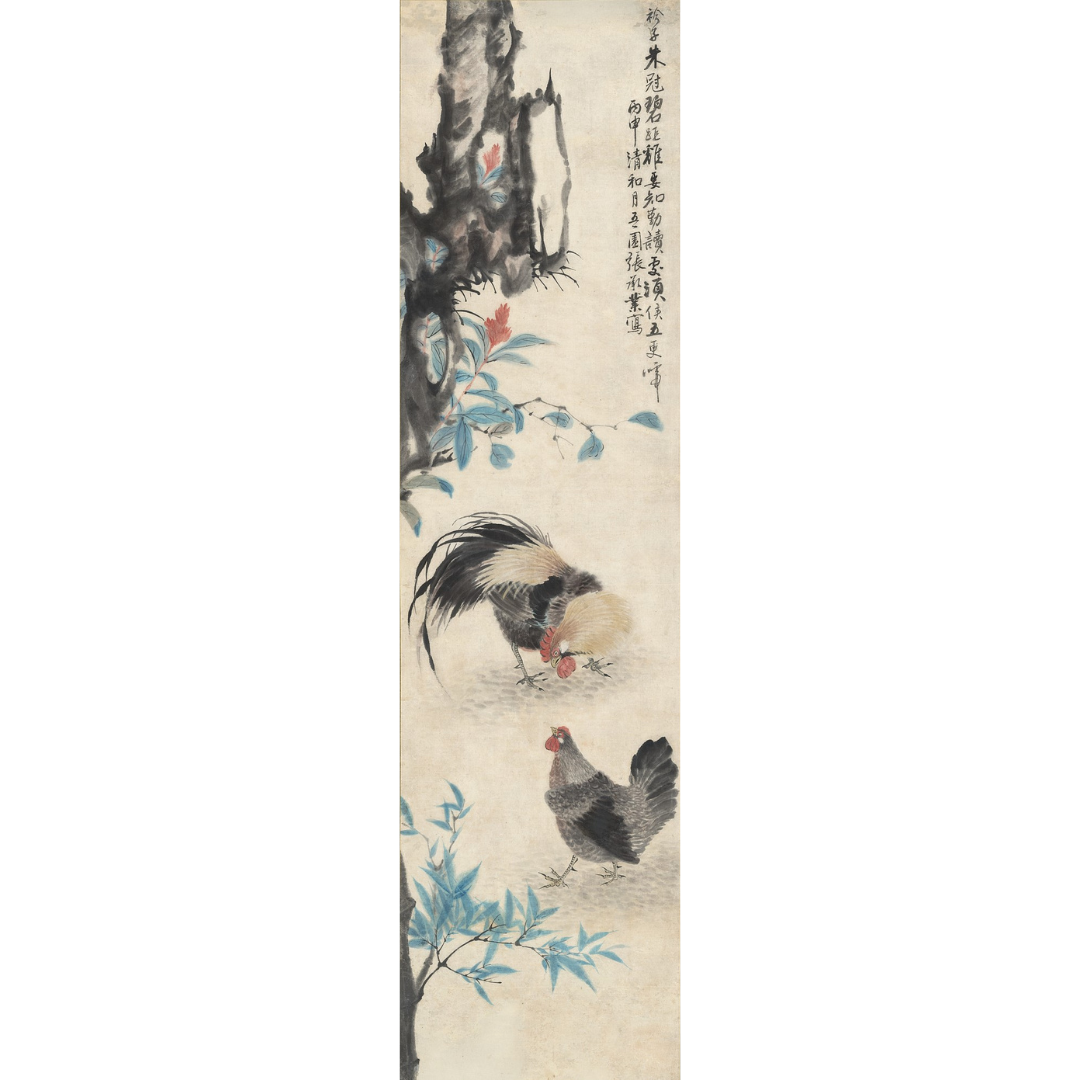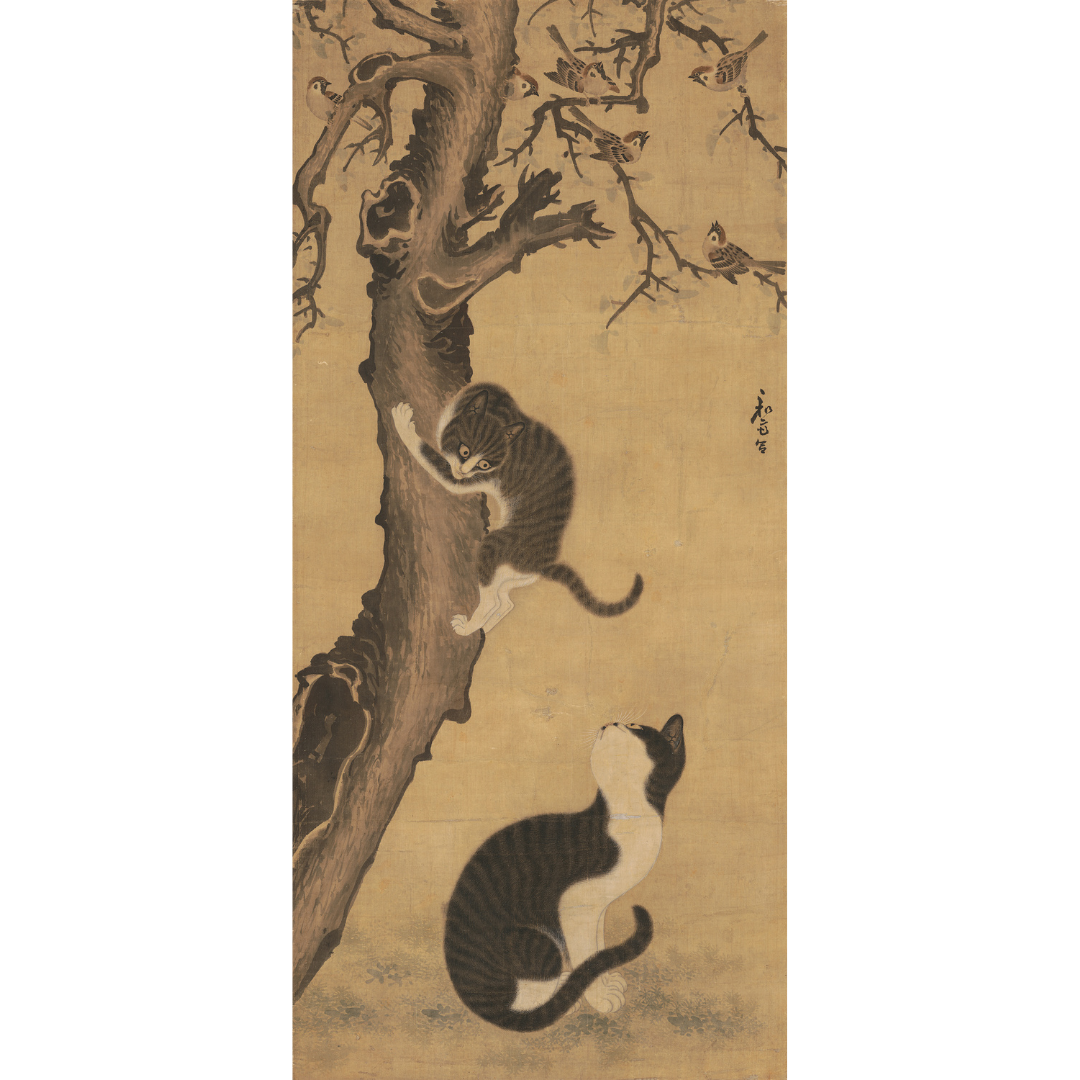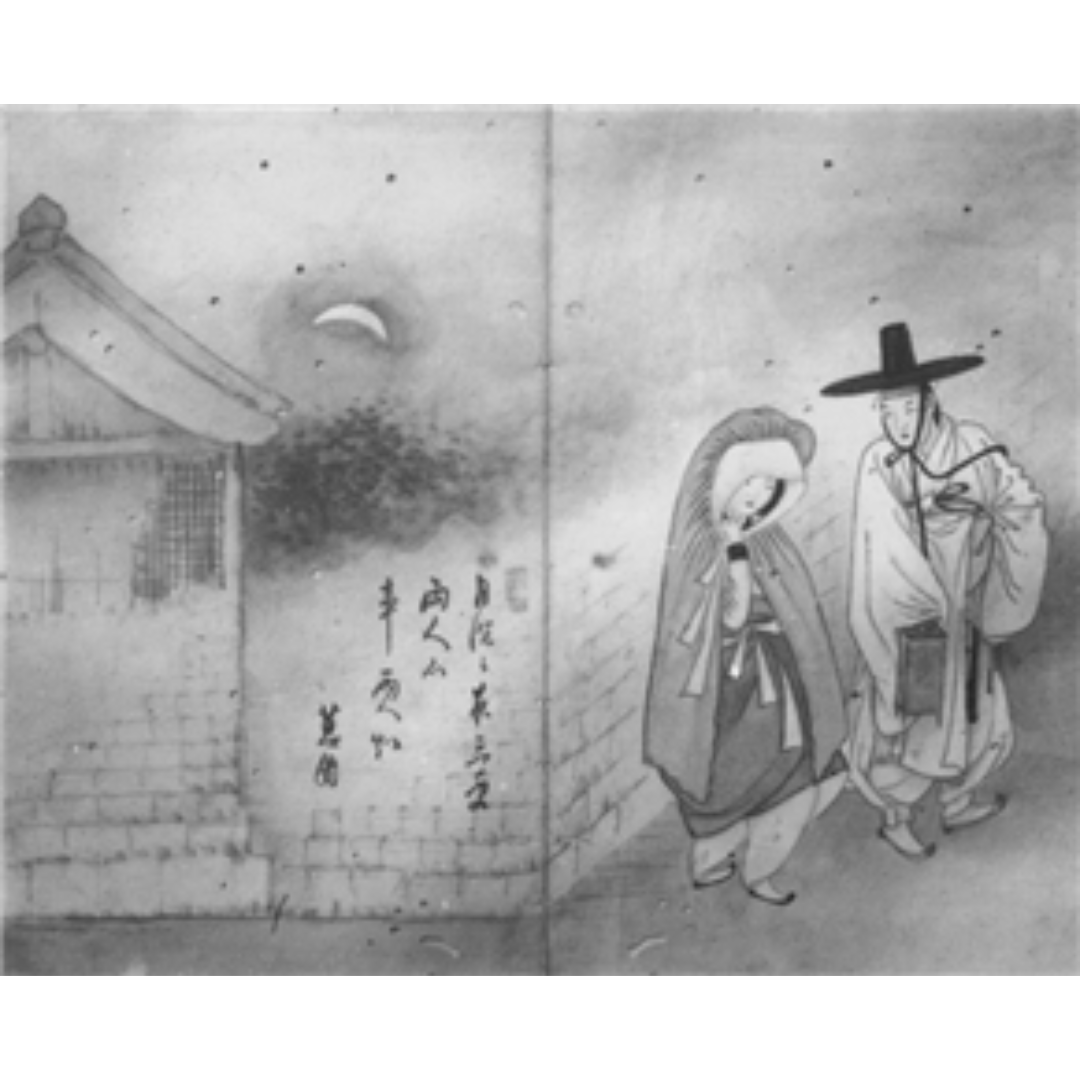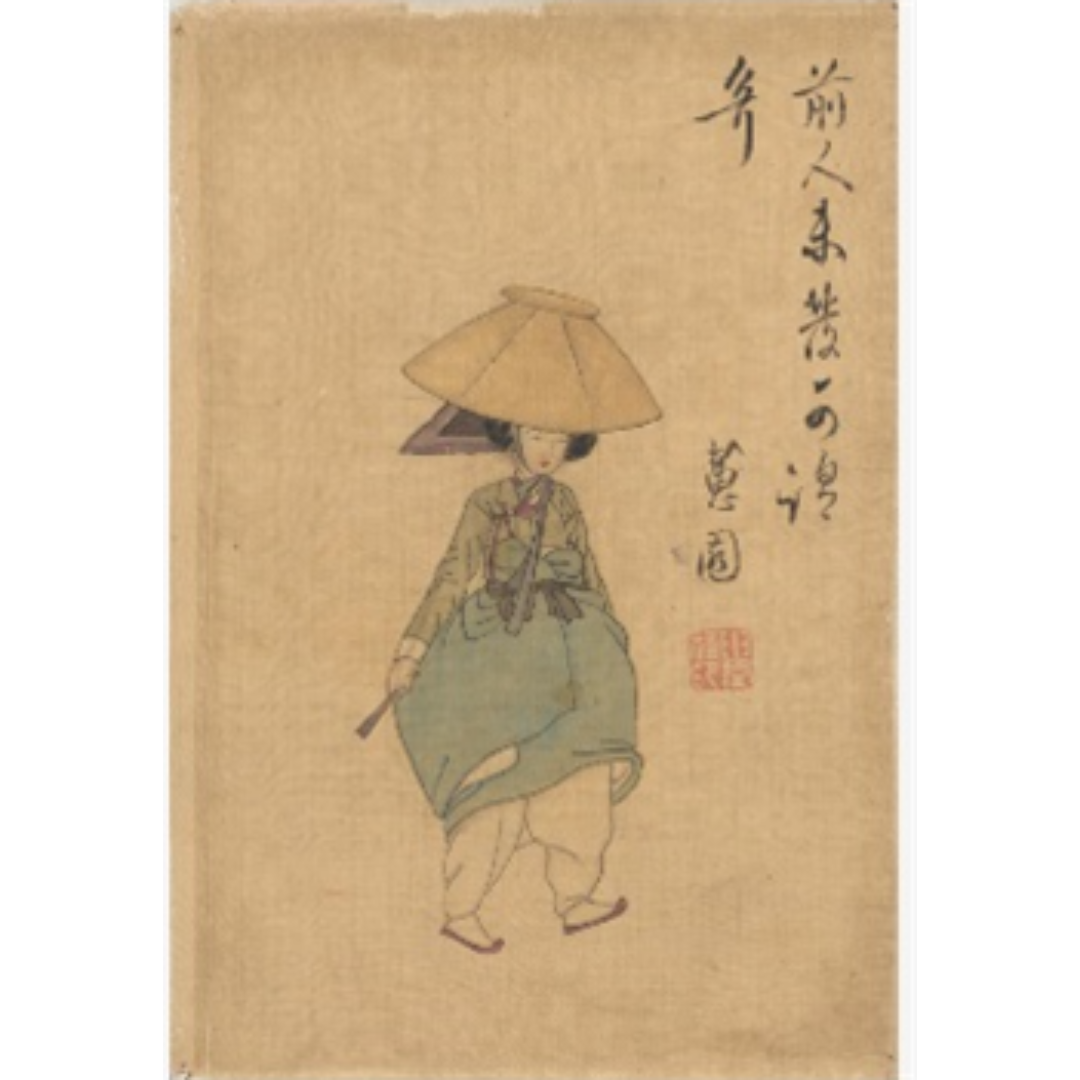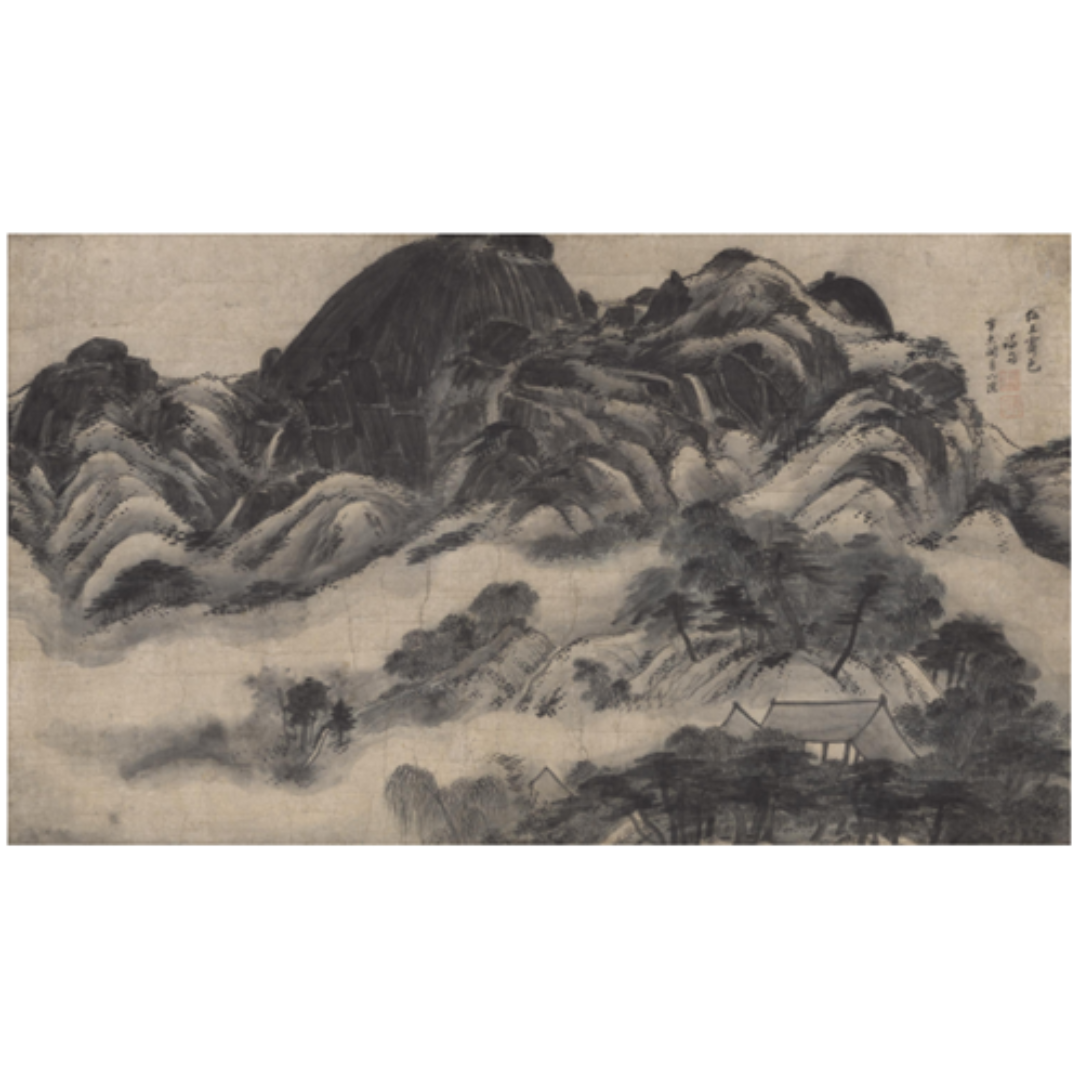Programs
KOREAN TRADITIONAL PAINTINGS: 8 Master Painters of the Joseon Dynasty
- Post Date28.02.2024
- Hits1116 Hit
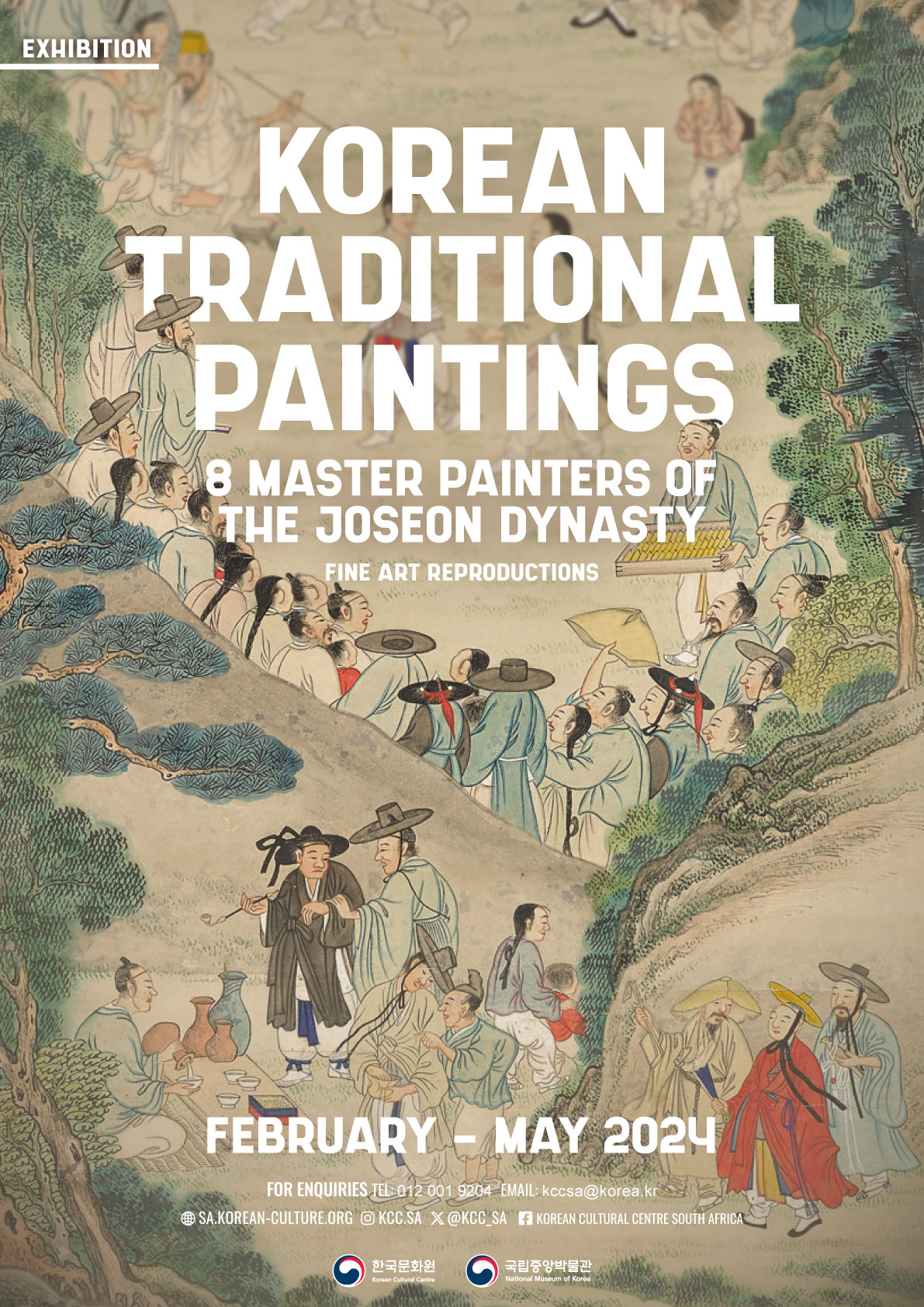
February-May 2024
9AM-4PM
Korean Cultural Centre SA
267 Waterkloof Road, Brooklyn, Pretoria
Eight master painters of the Joseon Dynasty’s national treasure-level works are showcased in print form using e-museum data from the collections of the National Museum of Korea. These works, which include genre paintings and royal court records, depict the historical lifestyle and landscapes of Korea at that time.
We invite you to explore the charm of Korean painting through these beautiful, delicate, and witty old Korean works. As you appreciate them, we hope you’ll experience the unique emotions of Korean traditional art, which offers a distinct charm from Western art.
• Dates: February-May 2024
• Time: 9AM-4PM (closed during 12PM-1PM)
• Venue: Exhibition Hall, Korean Cultural Centre SA
• Address: 267 Waterkloof Road, Brooklyn, Pretoria
• Admission: Free
*The exhibition is closed on weekends and public holidays.
ARTISTS

정선 Jeong Seon (1676-1759) | Gyeomjae
Jeong Seon was a painter and scholar of the Joseon Dynasty. Initially influenced by Southern Chinese painting styles, he transitioned to a distinctive style of Korean landscape painting called ‘jingyeong sansoohwa’, which emphasized capturing the essence of real landscapes on canvas. Jeong Seon travelled extensively across the country, particularly to famous scenic spots like Geumgangsan, pioneering a unique Korean style of landscape painting. Despite his significant contributions, Jeong Seon lacked a successor to carry on his artistic legacy, resulting in his style being confined to his era.
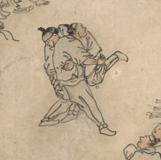
김홍도 Kim Hong-do (1745-1806) | Danwon
Kim Hong-do was a renowned genre painter of the late Joseon period. Kim Hong-do demonstrated outstanding talent in various fields such as landscape painting, figure painting, genre painting, and flower-and-bird painting, garnering great fame during his time. Kim Hong-do’s distinctive artistic style is characterized by excellent spatial composition, skillful ink wash techniques, emphasis on strong ink lines, and a bright and transparent screen effect created by delicate and tranquil colors, exuding a distinctly Korean atmosphere.
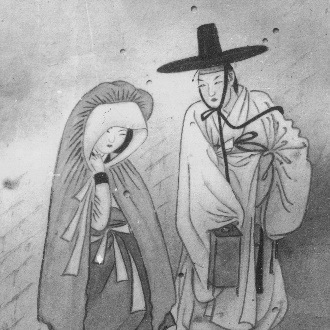
신윤복 Sin Yun-bok (1758-1814) | Hyewon
Shin Yun-bok is known as one of the three great genre painters of Joseon, along with Kim Hong-do and Kim Deuk-sin. Shin displayed talent for painting at a young age, eventually entering the royal court and becoming a member of the painting bureau. He portrayed the lifestyle of the noble class, the appearance of courtesans, and romantic relationships between men and women vividly in his paintings. He left behind remarkable works with unique themes and exceptional depictions, showcasing a sense of romance and elegance in Joseon society.

신사임당 Shin Saimdang (1504-1551) | Saimdang
Shin Saimdang was a prominent female artist during the mid-Joseon Dynasty period. Saimdang excelled in various artistic fields, including painting, calligraphy, and poetry, and she was also skilled in embroidery and fabric production. She possessed extensive knowledge in Neo-Confucianism, classical literature, history, and other scholarly disciplines. Known for her filial piety and high moral standards, Saimdang particularly excelled in poetry and painting. The Korean government chose Saimadang as the face of the 50,000-won banknote in 2007.
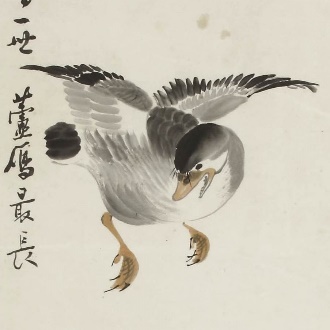
장승업 Jang Seung-eop (1843-1897) | Ohwon
Jang’s paintings were characterized by simple brushstrokes, yet they exuded speed, boldness, remarkable skill, and prolific creativity, quickly earning him great fame. He seemed to overflow with inspiration as if he were a painter in his past life, pouring out his vibrant energy through his dynamic brushwork, earning him the title of a master in the art world at that time. His fame even reached the royal court, where King Gojong commissioned him to paint.
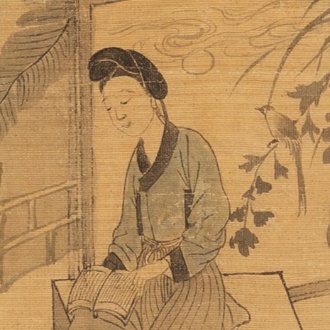
윤덕희 Yoon Deokhee (1685-1766) | Nakseo, Yeon’ong, Yeonpo, and Hyeon’ong
Yoon Deokhee was a literati painter in the late Joseon period. At the age of 25, he drew one of the “Eight Views of Samgak Mountain,” called “Baekwundae,” on a fan for his cousin. The term “jinkyung” meaning “true scenery,” was first used in a poem inscribed on this fan painting. Yun Deok-hee was the first person to use the term “jinkyung,” which became a significant concept in the art movement of “jinkyung sansuhwa” or “realistic landscape painting,” during the late Joseon period. Yun Deokhee excelled particularly in depicting horses and figures.

심사정 Sim Sa-jeong (1707-1769) | Hyunjae
Shim Sa-jeong is considered one of the most outstanding painters of the late Joseon period, often mentioned alongside other prominent artists of the time in what is known as the “Three Won and Three Jae (Owon, Hyewon, Danwon and Gyeomjae, HyunJae, GongJae)” group. He excelled in various genres, particularly in flower-and-bird painting, insect painting, feather painting, and landscape painting. His innovative approach, which combined elements from both Southern and Northern School painting styles of China, contributed to his reputation as a representative artist of his era.
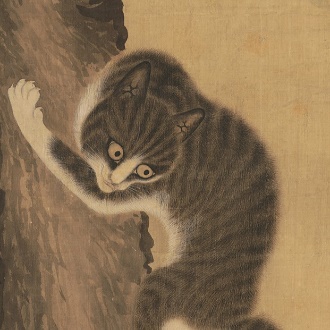
변상벽 Byeon Sang-byeok (1730-1775) | Hwajae
Byeon Sang-byeok painted portraits of prominent figures of his time, including King Yeongjo’s royal portrait, as well as over 100 portraits of contemporary scholars. He gained fame for his skillful portrayal of cats, earning him the nicknames “Byeon Cat and Byeon Chicken”. Although he initially did not excel in cat painting, he dedicated himself to mastering the art after realizing his lack of talent in landscape painting. Through meticulous observation, he captured the essence of cats’ behavior and lifestyle in his paintings, characterized by realistic depictions and delicate brushwork.
WORKS displayed
